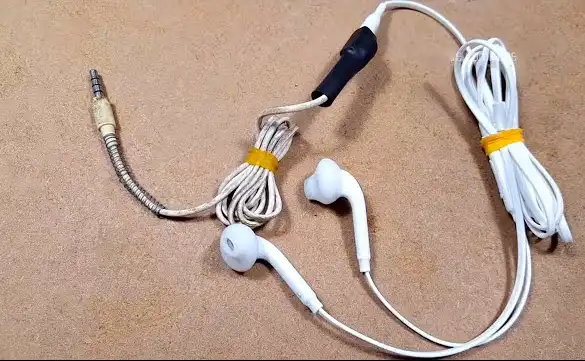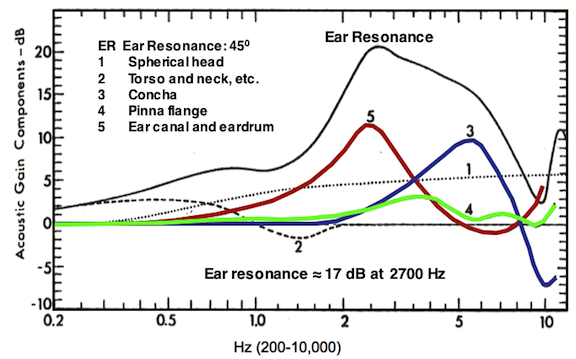The 3.5mm headphone jack, a familiar sight on our phones for decades, might be facing extinction. While it served us well, there are several drawbacks that make phone manufacturers look for alternatives.
Design Challenges
Ingress Protection
- Pockets are like hostile environments for electronics - dusty, moist, and sweaty. The 3.5mm jack, with its tiny opening, is difficult to seal perfectly, making phones vulnerable to water damage and dust. Eliminating the jack allows for a more robust design, enhancing water resistance.
Cable Strain
Pockets put a lot of stress on cables. The 3.5mm jack itself isn't designed for such harsh conditions, leading to frequent cable breakage.

Force
- The jack was designed for gentle insertion in controlled settings. In a pocket, it experiences forces from different directions, causing stress on the tiny connector and the phone's mainboard. This can lead to loose connections and audio issues over time.
Sound Quality

The Debate
- While there's an argument for the superior sound quality of wired headphones, the difference might be negligible for most listeners, especially considering the limitations of phone audio outputs and compressed audio files.
The Future of Bluetooth
- Bluetooth audio quality is constantly improving, and with powerful chips and dedicated headphone batteries, wireless headphones have the potential to surpass wired options in terms of sound fidelity.
Convenience and User Experience
Wired Woes
- Tangled cords, limited movement, and constantly fiddling with the connection are all common frustrations with wired headphones.
Wireless Freedom
- Bluetooth headphones offer the convenience of a cable-free experience, allowing for greater freedom of movement during activities like exercise.

Transitioning to the Future
Alternatives Exist
- USB ports like USB-C can handle audio output, eliminating the need for a dedicated headphone jack. Headphones with USB-C connectors can leverage phone power and offer a universal standard.
Moving Forward
- The transition away from the 3.5mm jack has already begun. By embracing wireless technology and adopting universal standards like USB-C, we can create a more convenient and user-friendly mobile audio experience.
A Tiny 3.5mm Jack With Big Drawbacks?